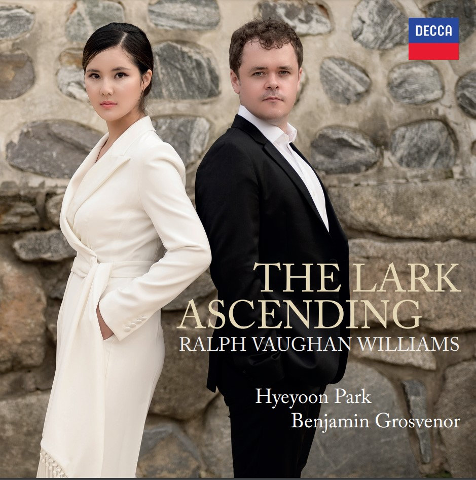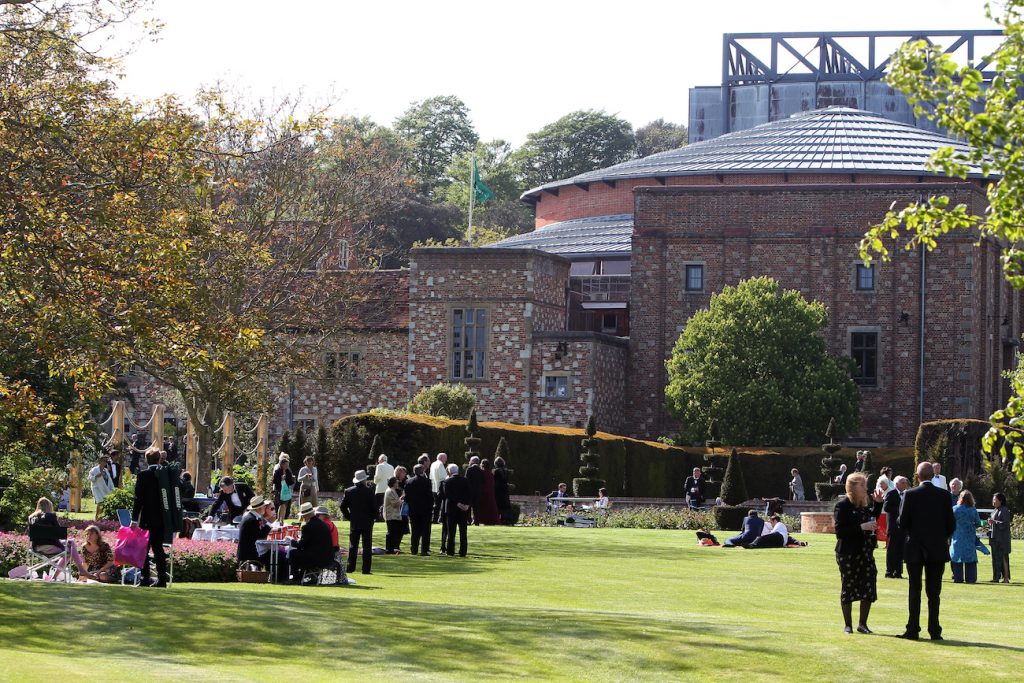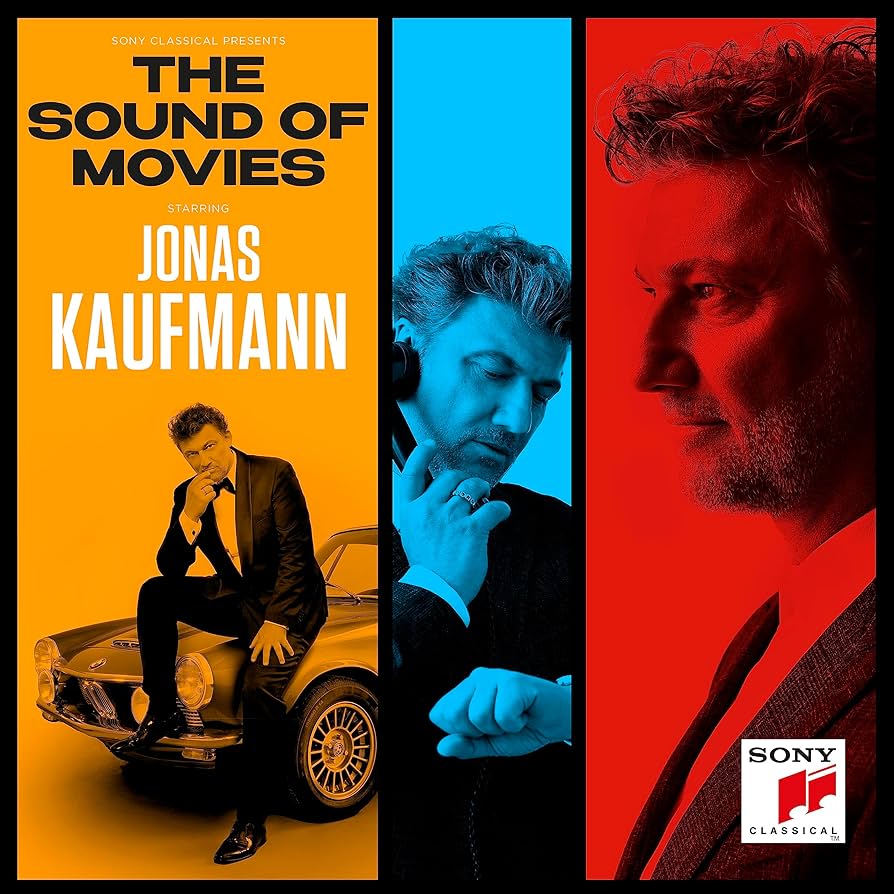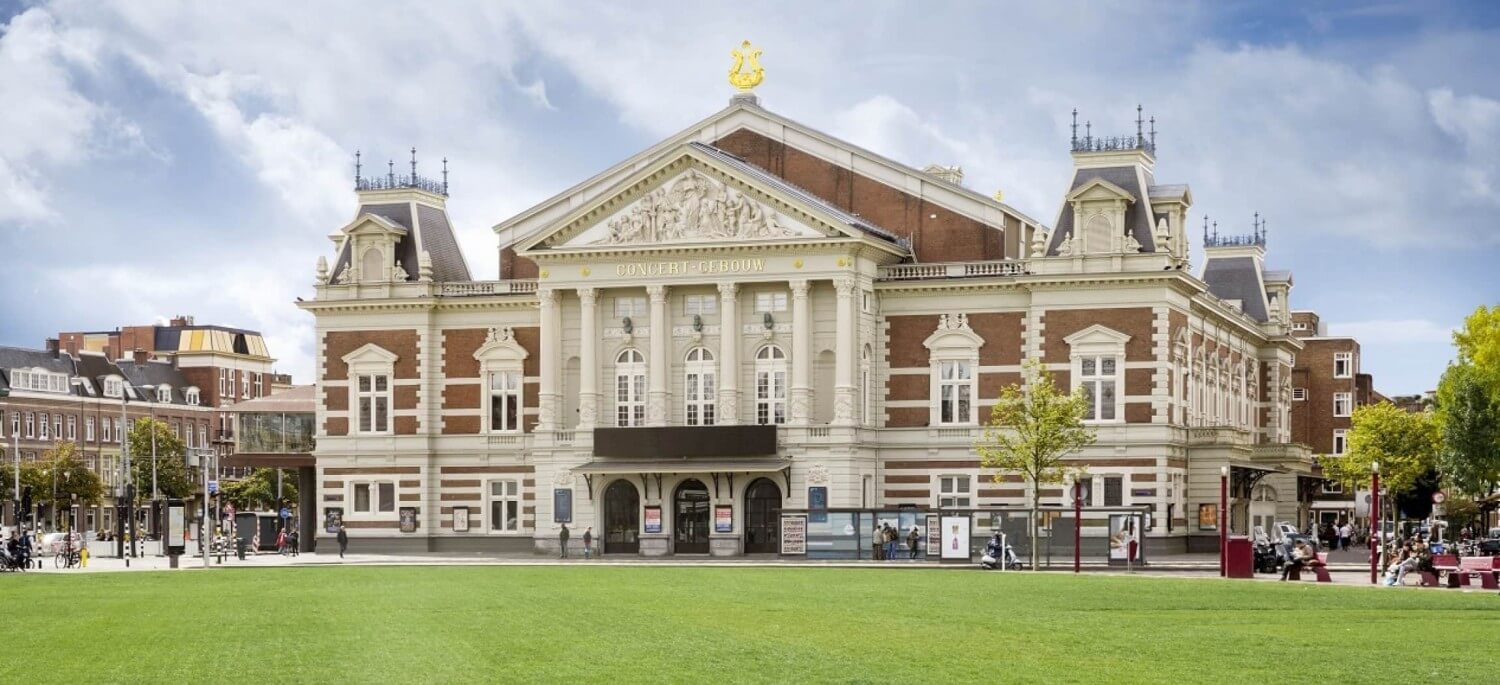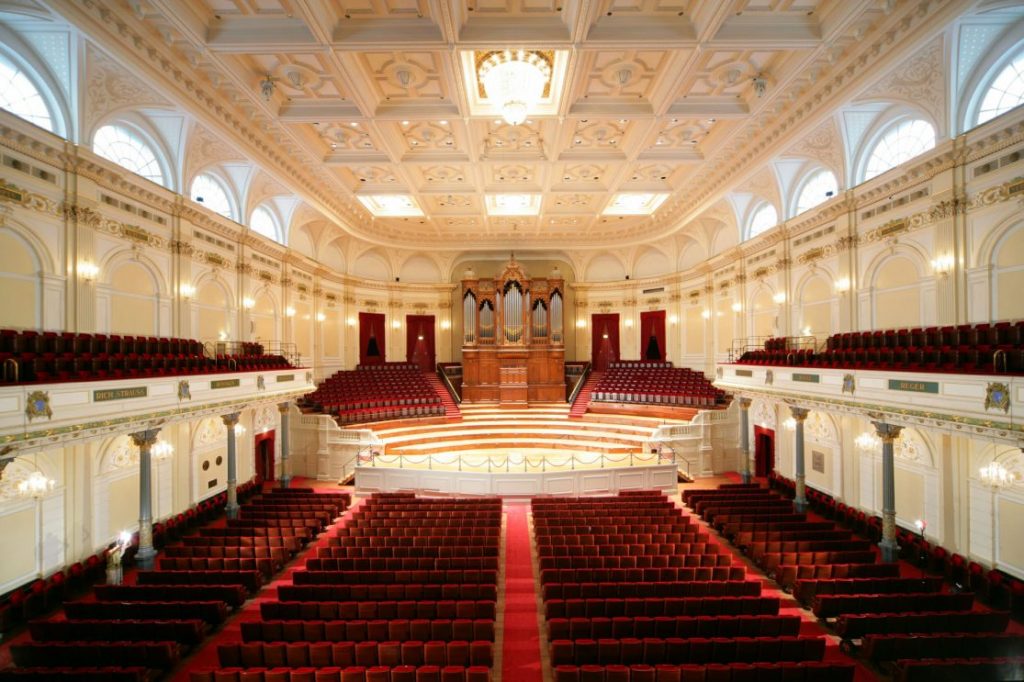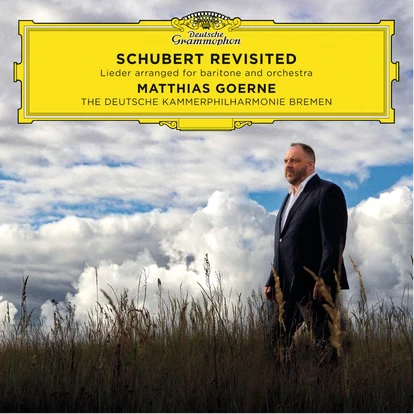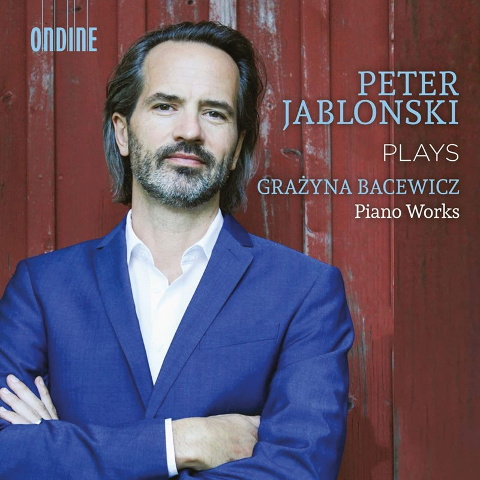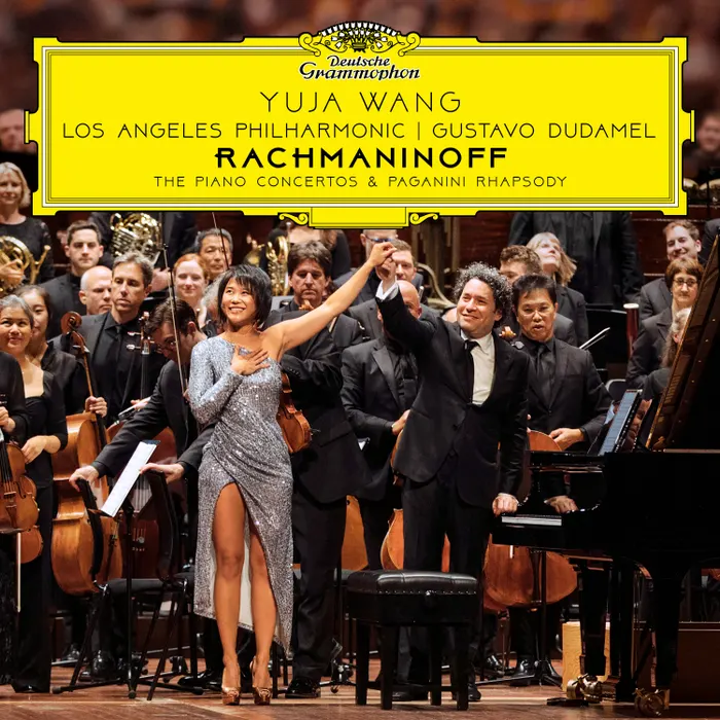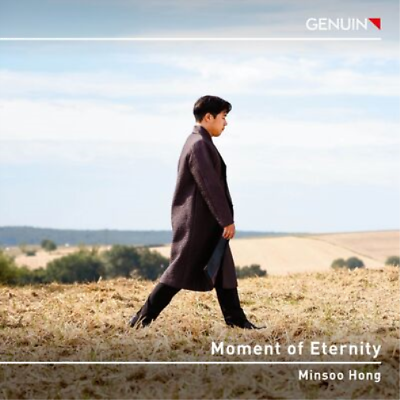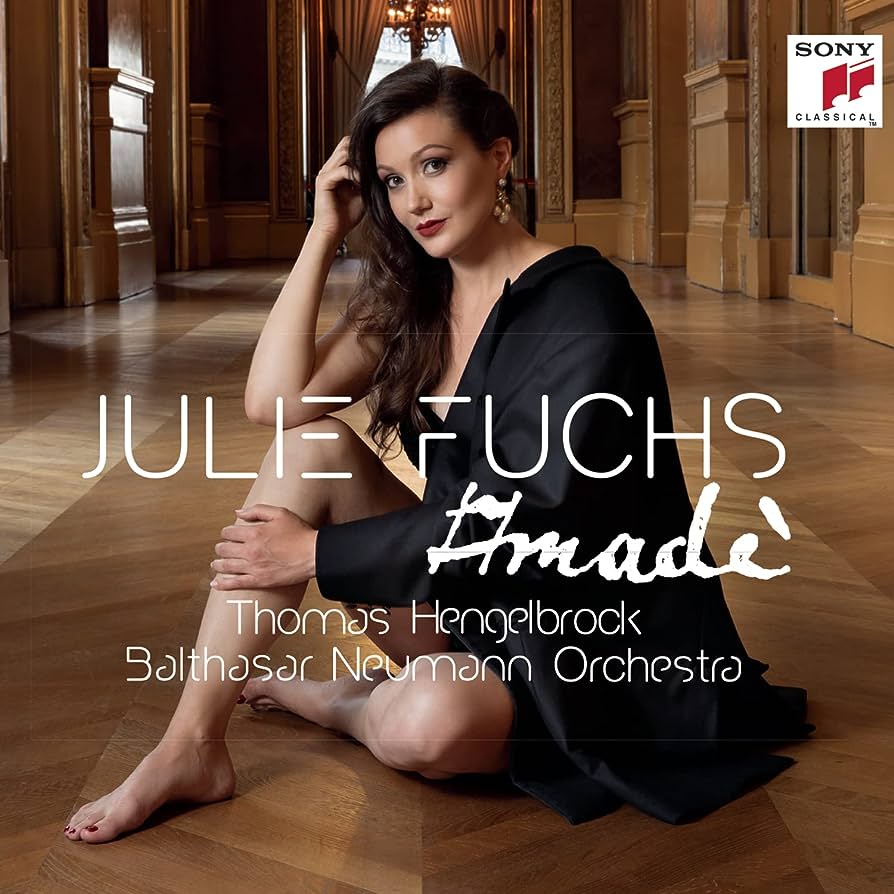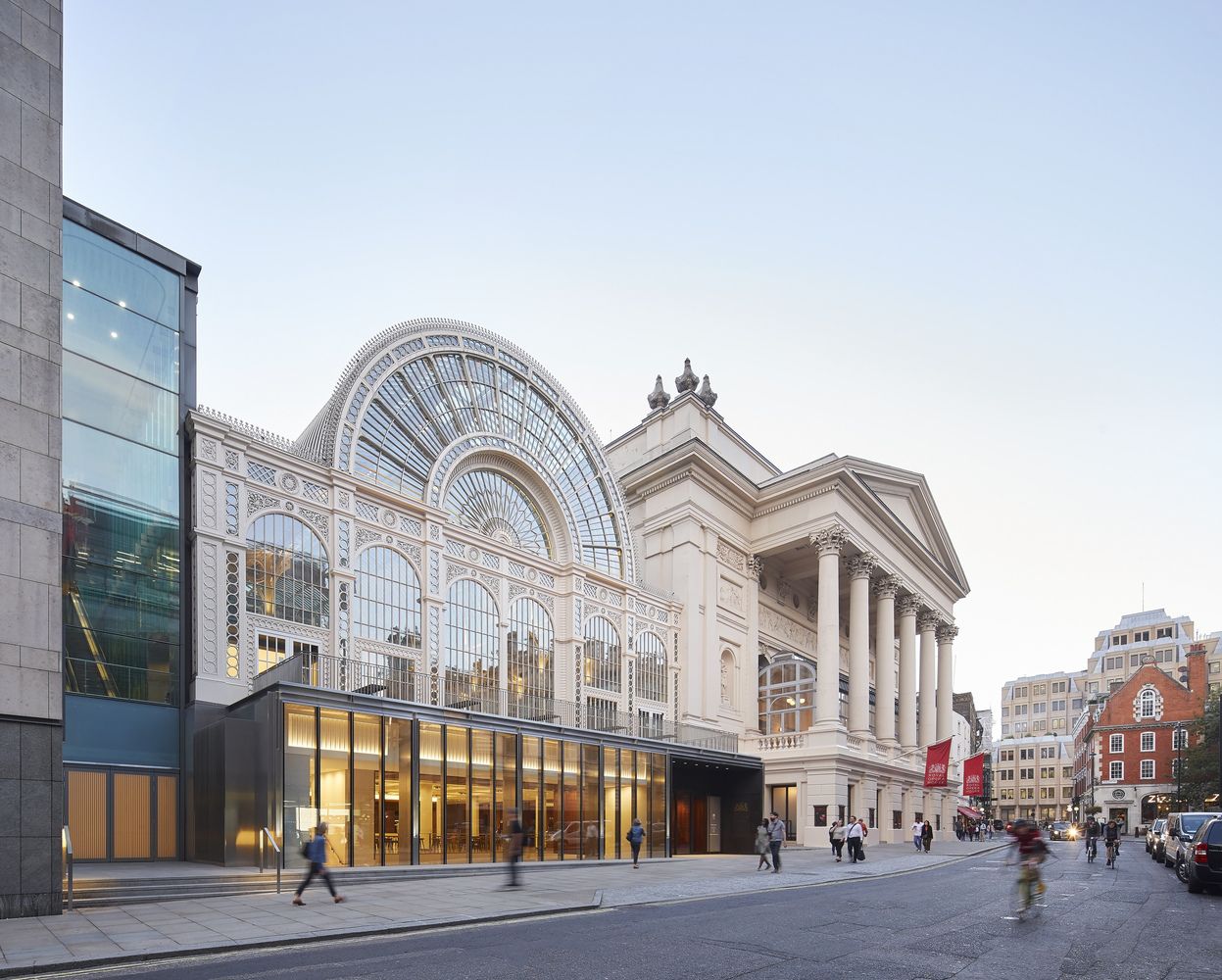The Lark Ascending – Hyeyoon Park & Benjamin Gosvenor
The Lark Ascending” Reimagined: Hyeyoon Park and Benjamin Grosvenor Capture Vaughan Williams’ Original Intimacy
In 2022, Celebrating the 150th anniversary of the composer’s birth, violinist Hyeyoon Park and pianist Benjamin Grosvenor breathed new life into this cherished composition, presenting it in its original form for solo violin and piano. Released by Decca Classics, this rendition captures the essence of the skylark’s flight and song, showcasing the brilliance of Vaughan Williams’ pastoral, folk-inspired style.
While the orchestral version of “The Lark Ascending” has charmed audiences for years, few are aware that the piece was initially scored for violin and piano accompaniment. This lesser-known rendition brings a sense of intimacy and subtlety, as the piano timbres interweave with the violin’s soaring melodies. In a world enamored with grand orchestrations, this recording stands as a tribute to the raw essence of the composition’s origins.
The performance itself is a testament to the extraordinary synergy between Hyeyoon Park and Benjamin Grosvenor. Their longstanding musical partnership is palpable as they navigate the delicate intricacies of the piece. Park’s violin prowess is on full display, capturing the skylark’s ascent with an exquisite balance of grace and technical precision. Grosvenor’s sensitive piano accompaniment provides a rich tapestry of harmonies, enhancing the narrative of the piece.
Listening to this recording is akin to viewing a vintage photograph that unveils new perspectives and emotions. The piano’s monochrome timbre creates a sense of nostalgia, transporting listeners to a bygone era. As the violin’s notes flutter and soar, one can almost visualize the skylark’s ascent against an open sky, mirroring Hyeyoon Park’s own experience of encountering this majestic bird during a Kentish walk.
Decca Label Group’s decision to record this original arrangement is a commendable one. It sheds light on a hidden facet of Vaughan Williams’ genius and showcases the label’s dedication to preserving musical heritage. The fact that this rendition coincided with the composer’s 150th birthday makes it an even more significant tribute to one of Britain’s greatest composers.
In essence, “The Lark Ascending” performed by Hyeyoon Park and Benjamin Grosvenor is a reverent nod to the past, a revival of Vaughan Williams’ earliest intentions. Their partnership, enriched by their shared musical vision, brings forth a rendition that is both authentic and evocative. As the skylark’s song echoes through the notes, this recording captures the essence of nature’s beauty and the enduring legacy of Vaughan Williams’ artistic spirit.
As we commemorate Ralph Vaughan Williams’ birth, “The Lark Ascending” stands not only as a celebration of the composer but also as a testament to the enduring power of music to transcend time and touch the soul.
